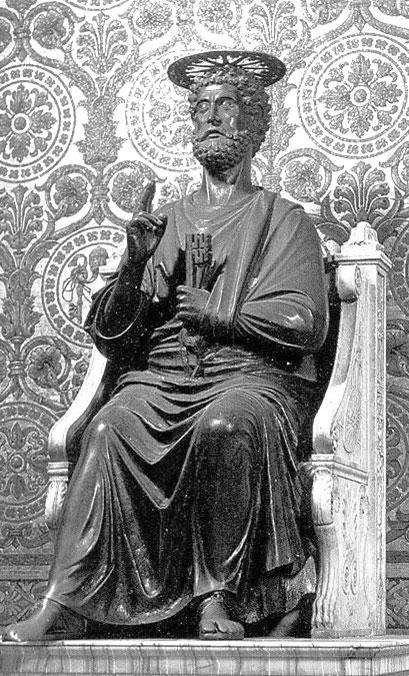Ulnar nerve damage responsible for St Peter's original benediction sign

It's one of the most recognised hand symbols in the world: the benediction sign – the Pope's papal blessing hand gesture where the index and middle fingers remain open while the pinky and ring finger curl.
It was first brought to light by St Peter – the first pope – which many had believed was a result of an injury to his median nerve. However, new scientific analysis from Dr Bennett Futterman, an anatomy professor at NYIT College of Osteopathic Medicine and former orthopedic surgeon, has led him to the conclusion that it was actually the pope's ulnar nerve which had been damaged, meaning that he was unable to fully open his palm.
The ulnar nerve stems from the elbow to the outside of the hand, and allows the pinky and ring fingers to stretch.
"There's always a controversy about this because some sources say one thing and others say another – the students always ask questions about it," says Futterman of his study published in Clinical Anatomy. "I think it has to change."
"Peter, the first pope, had an ulnar nerve injury and everyone copied him. Imitation is a great form of flattery. Out of respect for St Peter, the other popes followed with that same pattern," he continued.
Futterman came to the conclusion that it was actually damage to the ulnar nerve by studying statues, icons, and tomb paintings of other religious figures, which in turn leads him to state that St Peter was attempting an open hand.
Futterman said: "The way that Jewish high priests blessed the people is what most would recognize as the Vulcan or 'Spock' gesture. Later, Peter was trying to do that – he would have blessed people the way he knew. But if you have an ulnar nerve injury, you can't spread your fingers and you can't extend your pinky and ring finger."
© Copyright IBTimes 2025. All rights reserved.






















